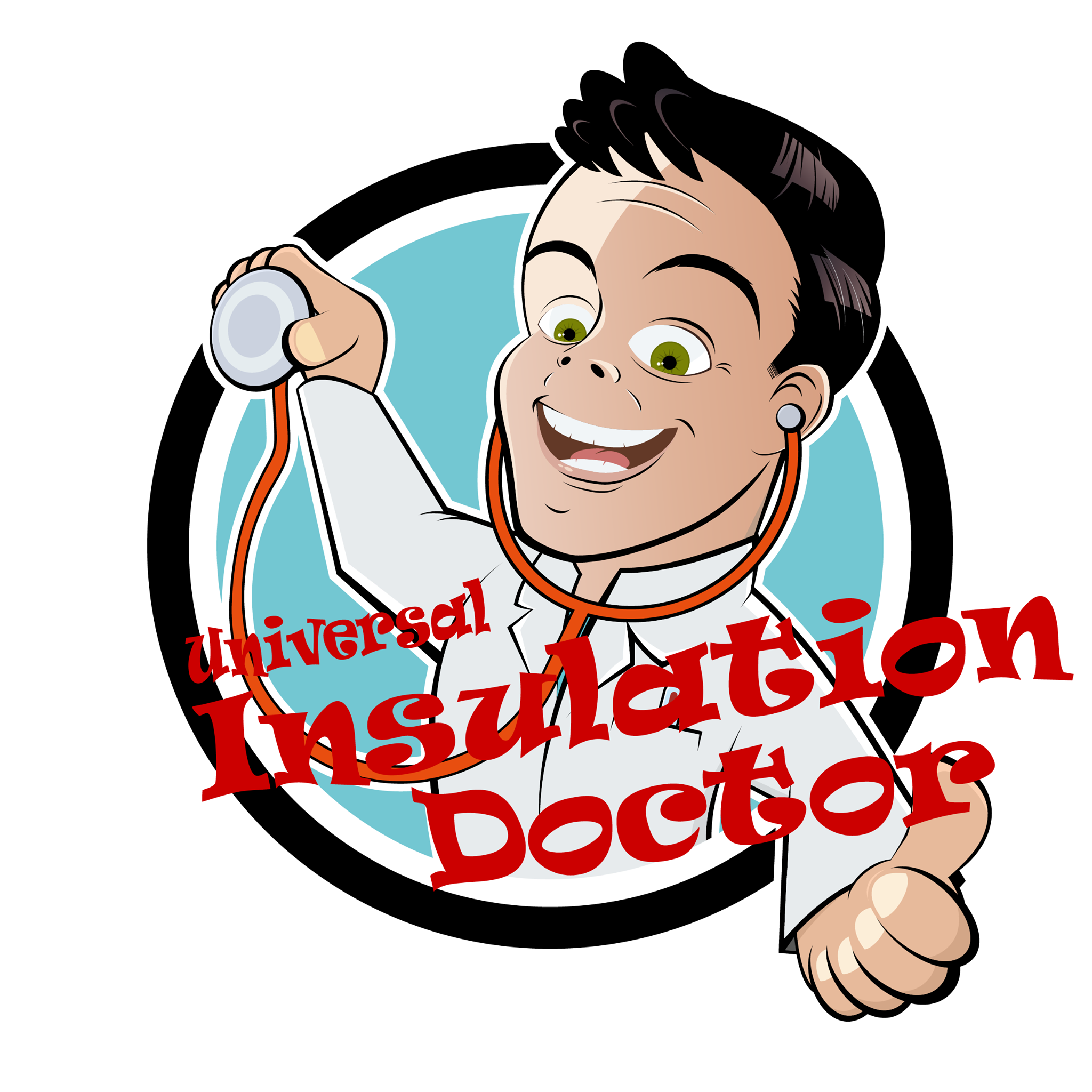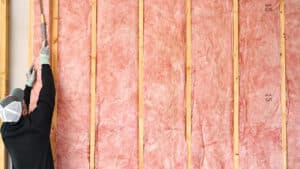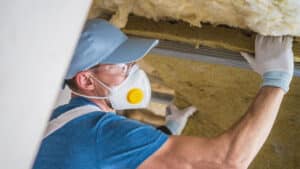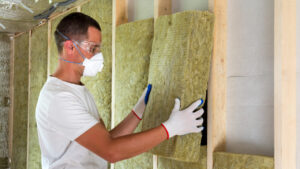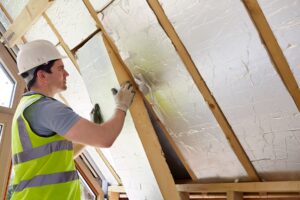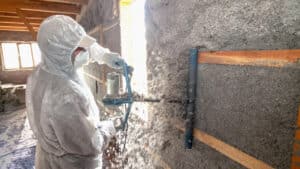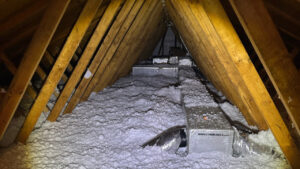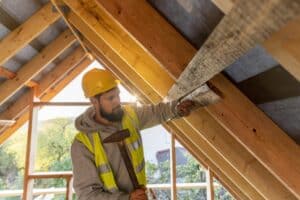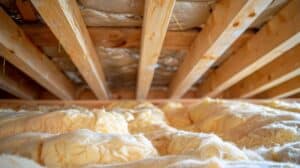Maintaining a comfortable and energy-efficient home relies on the presence of adequate insulation. Over time, insulation can deteriorate, become less effective, or develop issues that compromise its performance. It’s important to recognize the signs that indicate your home may need insulation upgrades.
Throughout this article, we will explore ten prevalent indicators that signify the need for insulation upgrades. From fluctuating temperatures and high energy bills to drafts and pest infestations, being aware of these signs will help you take the necessary steps to improve the insulation in your home.
Why Insulation Upgrades Are Important?
Insulation upgrades are crucial for enhancing thermal efficiency and promoting energy conservation. Upgrading insulation reduces heat transfer between the interior and exterior of a building, leading to increased comfort and reduced reliance on heating and cooling systems. This results in energy savings, lower utility bills, and a smaller carbon footprint, contributing to environmental sustainability. Additionally, insulation upgrades offer benefits such as soundproofing, moisture control, and improved indoor air quality. They create a more comfortable and healthy living or working environment while extending the lifespan of the building. Investing in insulation upgrades is a practical step towards a greener future and long-term cost savings.
10 Signs That Your Home Needs Insulation Upgrades
The following signs will let you know that your home needs an insulation upgrade; keep reading and be informed about your insulation condition and get prepared for upgrades:
Sign #1: Fluctuating Indoor Temperatures
If you notice significant temperature differences from room to room or experience difficulty maintaining a consistent temperature throughout your home, it may indicate insufficient insulation. Inadequate insulation fails to regulate heat transfer effectively, leading to hot and cold spots within your living space. Upgrading your insulation can help create a more comfortable environment and reduce the strain on your heating and cooling systems.
Sign #2: High Energy Bills
Excessive energy bills can be a clear indication of poor insulation. When your home lacks proper insulation, valuable heating or cooling can escape, forcing your HVAC system to work harder to maintain the desired temperature. This increased workload results in higher energy consumption and inflated utility bills. Upgrading your insulation can significantly reduce energy waste and lead to long-term cost savings.
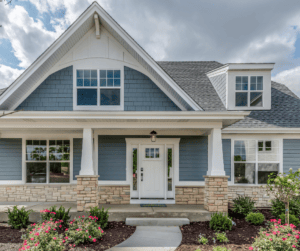 Sign #3: Drafts and Air Leaks
Sign #3: Drafts and Air Leaks
Feeling drafts or experiencing air leaks around windows, doors, or electrical outlets is a common sign of insulation problems. Gaps and cracks in your insulation allow outside air to infiltrate your home, causing discomfort and energy loss. Upgrading your insulation and properly sealing these areas can eliminate drafts, enhance energy efficiency, and improve indoor comfort.
Sign #4: Cold Walls or Floors
Cold walls or floors, particularly in specific areas of your home, can indicate insufficient insulation. These cold surfaces are a result of heat escaping through the walls or floors due to poor insulation. Upgrading your insulation will help maintain a more balanced temperature, ensuring that your walls and floors feel warmer and more comfortable.
Sign #5: Excessive Noise
If you notice that outside noise easily penetrates your home, it may be a sign that your insulation is insufficient. Good insulation helps to reduce sound transmission, creating a quieter and more peaceful living environment. Upgrading your insulation with soundproofing materials can provide a noticeable improvement in noise reduction.
Sign #6: Moisture or Condensation Issues
Excessive moisture or condensation on your walls, windows, or ceilings can be a sign of insulation problems. Inadequate insulation allows warm, moist air to come into contact with cooler surfaces, leading to condensation. This moisture can cause damage to your home’s structure, promote mold growth, and compromise indoor air quality. Upgrading your insulation can help prevent these issues by creating a barrier that regulates temperature and moisture levels.
Sign #7: Pest Infestations
Inadequate insulation can create openings and gaps that allow pests to enter your home easily. Rodents, insects, and other pests can find their way through these vulnerable areas, seeking shelter and food sources. If you notice an increase in pest activity, it’s important to consider upgrading your insulation to close off these entry points and prevent future infestations.
Sign #8: Old or Deteriorating Insulation
If your insulation is old, damaged, or deteriorating, it’s a clear indication that it needs to be upgraded. Over time, insulation materials can break down, lose their effectiveness, or become compressed, compromising their ability to provide optimal thermal resistance. Upgrading to newer, more efficient insulation materials will ensure improved performance and energy efficiency.
Sign #9: Uneven Ice or Snow Melt on the Roof
Uneven melting of ice or snow on your roof during winter can be a sign of insufficient insulation. Heat loss from your home can cause uneven melting, leading to ice dams and potential roof damage. Upgrading your insulation will help maintain a consistent roof temperature, preventing ice dams and prolonging the lifespan of your roof.
Sign #10: Aging or Inefficient HVAC System
If your heating or cooling system is aging or inefficient, upgrading your insulation can complement its performance and reduce its workload. Proper insulation helps minimize heat transfer, allowing your HVAC system to operate more efficiently and effectively. By upgrading your insulation, you can maximize the benefits of your HVAC system and potentially extend its lifespan.
Conclusion
Recognizing the signs that your home needs insulation upgrades is crucial for maintaining comfort, energy efficiency, and cost savings. If you notice fluctuating temperatures, high energy bills, drafts, cold walls or floors, excessive noise, moisture or condensation issues, pest infestations, old or deteriorating insulation, uneven ice or snow melt on the roof, or an aging HVAC system, it’s time to consider upgrading your insulation.
If you reside in Virginia Beach, reach out to reputable insulation companies in Virginia Beach or explore the available insulation services in Norfolk to ensure professional installation and quality insulation materials. By investing in insulation upgrades, you’ll create a more comfortable, energy-efficient, and sustainable home environment for years to come.
